so a wasp crawled into a trap...
antechron
16 years ago
Related Stories

GARDENING GUIDESOrganic Matters: Thwart Insect Pests With Trap Crops
Add a few sacrificial plants to your garden to lure insects away from the harvest
Full Story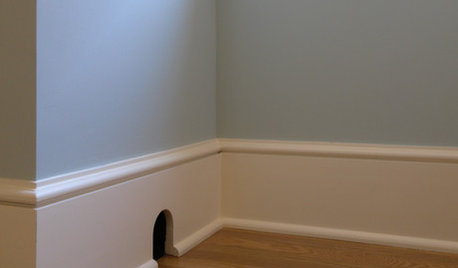
FUN HOUZZThere's a Mouse in the House
No need for 'eek' and capture schemes. These mouse toys, decals and artistic renderings have all the trappings of cute
Full Story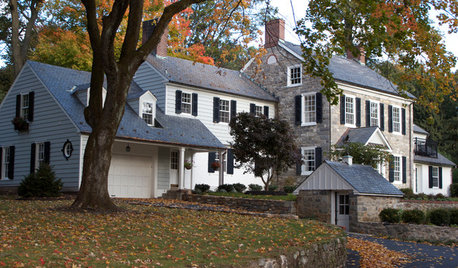
HOUSEKEEPINGIt’s Time to Clean Your Gutters — Here’s How
Follow these steps to care for your gutters so they can continue to protect your house
Full Story
MOVINGHiring a Home Inspector? Ask These 10 Questions
How to make sure the pro who performs your home inspection is properly qualified and insured, so you can protect your big investment
Full Story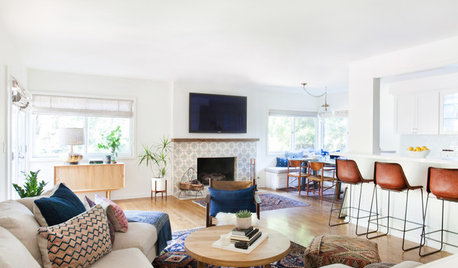
DECORATING GUIDES10 Reasons to Embrace White Walls
Do they strike you as even more boring than watching white paint dry? Consider what makes them the darling of so many
Full Story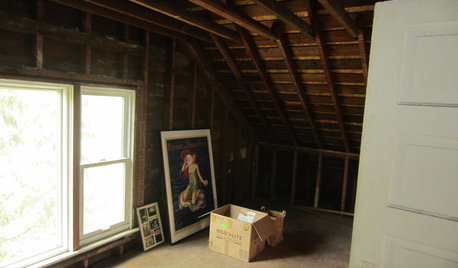
Houzz Call: What Gives You the Creeps at Home?
Halloween horror got nothing on your basement, attic or closet? Show us that scary spot you steer clear of
Full Story
LIFE7 Things to Do Before You Move Into a New House
Get life in a new house off to a great start with fresh paint and switch plates, new locks, a deep cleaning — and something on those windows
Full Story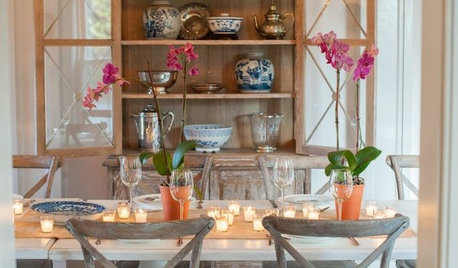
FEEL-GOOD HOMESimple Pleasures: Your Home Is Your Château
Bring a little more beauty and elegance into your daily life with these 8 ideas
Full Story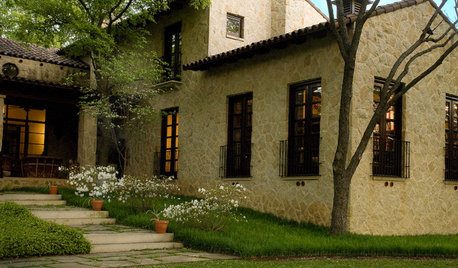
DESIGN DICTIONARYWeep Hole
Shedding water and venting air, weep holes are healthy escapes for homes
Full Story
GARDENING FOR BUTTERFLIESGardening for the Bees, and Why It’s a Good Thing
When you discover how hard bees work for our food supply, you may never garden without them in mind again
Full Story





corymbosa
tommyr_gw Zone 6
Related Professionals
Chattanooga Landscape Architects & Landscape Designers · Clark Landscape Architects & Landscape Designers · Mitchellville Landscape Architects & Landscape Designers · Brooklyn Center Landscape Architects & Landscape Designers · Allentown Landscape Contractors · Blue Springs Landscape Contractors · Cerritos Landscape Contractors · Oxnard Landscape Contractors · Paramount Landscape Contractors · Roswell Landscape Contractors · Stony Brook Landscape Contractors · Wareham Landscape Contractors · Reisterstown Landscape Contractors · Clearfield Landscape Contractors · Golden Glades Swimming Pool Buildersmutant_hybrid
antechronOriginal Author
antechronOriginal Author
carnivorousplants
mutant_hybrid
petiolaris
antechronOriginal Author
mutant_hybrid
tommyr_gw Zone 6
mutant_hybrid
antechronOriginal Author
tommyr_gw Zone 6
petiolaris
antechronOriginal Author
tommyr_gw Zone 6
mutant_hybrid
antechronOriginal Author
carnivorousplants
mutant_hybrid
antechronOriginal Author